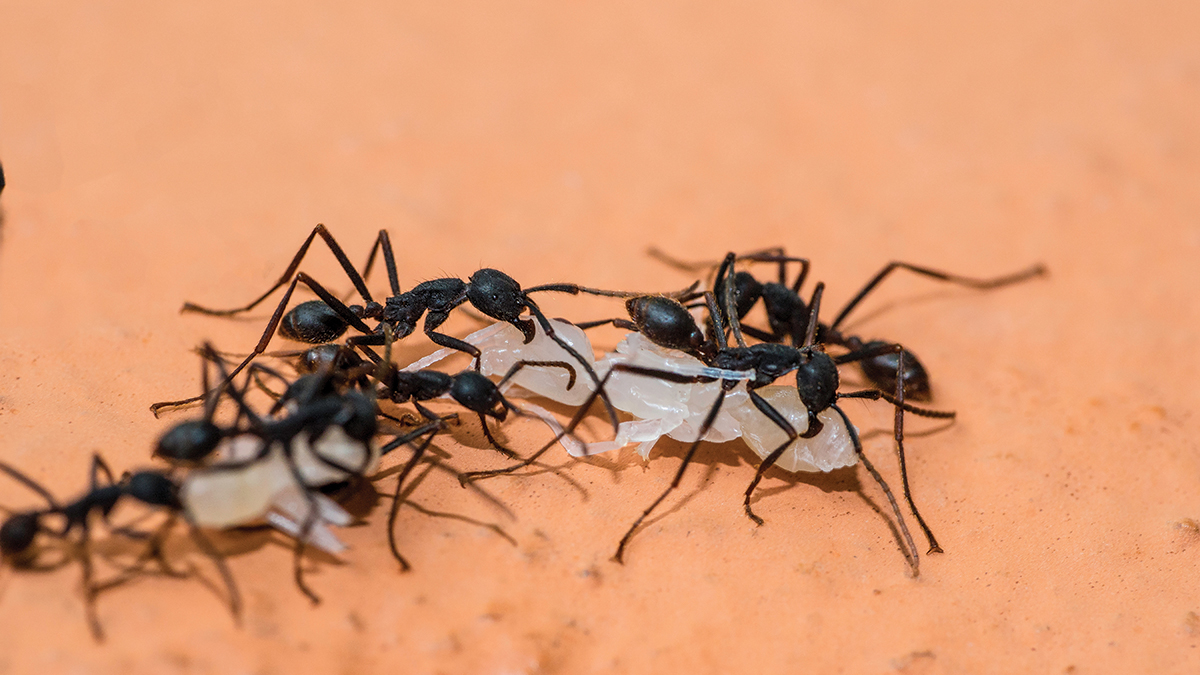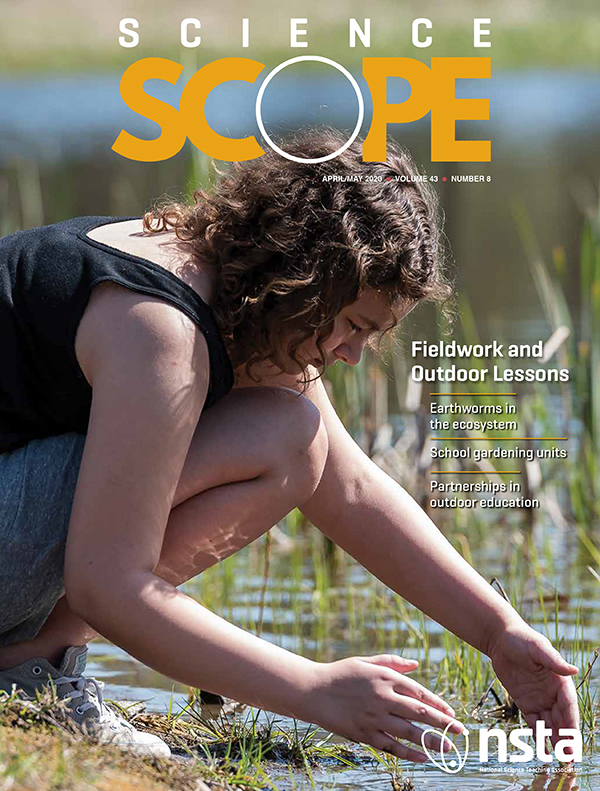Universal Design for Learning Science: Reframing Elementary Instruction in Physical Science
Download and read a sample chapter from this book to learn more.
Here’s good news: With this practical book, you can learn from experienced elementary school educators about how to make physical science both challenging and accessible for a diverse range of students. Written by teachers for teachers, Universal Design for Learning Science will inspire you to reframe your lessons to reflect how students learn and to support the success of all students.
Download and read a sample chapter from this book to learn more.
Here’s good news: With this practical book, you can learn from experienced elementary school educators about how to make physical science both challenging and accessible for a diverse range of students. Written by teachers for teachers, Universal Design for Learning Science will inspire you to reframe your lessons to reflect how students learn and to support the success of all students.






 You’ve set classroom norms for student discussion, but how do you get ALL students to start talking? We’ll explore the different ways you can support students in partner, small group and whole class discussion using the science and engineering practices as starting point.
You’ve set classroom norms for student discussion, but how do you get ALL students to start talking? We’ll explore the different ways you can support students in partner, small group and whole class discussion using the science and engineering practices as starting point.
